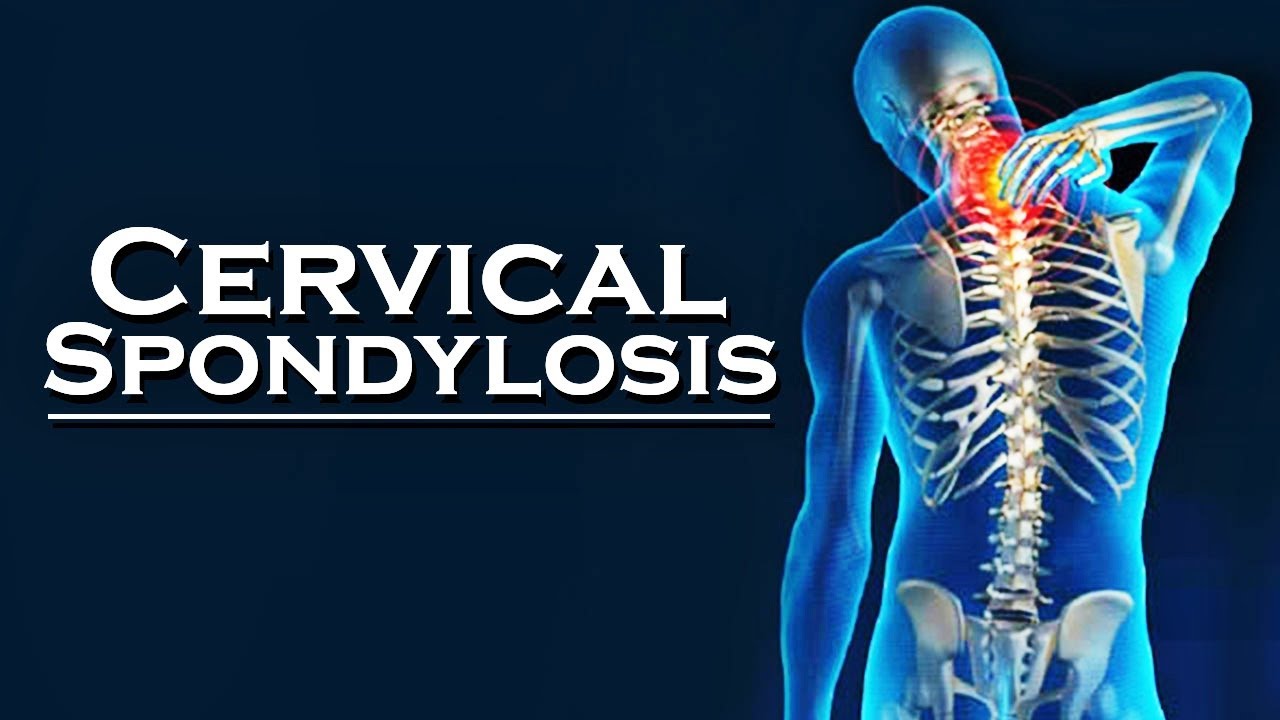Cervical Spondylosis

Introduction,
The strains placed on our bodies in our fast-paced society might occasionally lead to unanticipated difficulties. One such issue that a lot of people face, particularly as they become older, is cervical spondylosis. This disorder, which affects the upper back and neck, can be uncomfortable and interfere with day-to-day activities. We shall delve into the nuances of cervical spondylosis in this essay, covering everything from its causes and symptoms to possible treatment options.
Recognising Cervical Spondylosis
The deterioration of the cervical spine is the hallmark of cervical spondylosis, which is sometimes referred to as neck arthritis or cervical osteoarthritis. The neck’s discs, joints, and bones may all be affected by this degeneration, which can cause a range of symptoms, from minor to severe. Although ageing is the main cause, extended wear and tear, trauma, and genetic predisposition are all factors.
Symptoms and Indications
Neck Pain: One of the most common signs of cervical spondylosis is chronic neck pain. From minor discomfort to severe and incapacitating agony, there is a variety in pain.
Hardness: Another common symptom is stiffness in the neck, particularly in the morning or after extended periods of inactivity.
Headaches: The cause of tension headaches, which frequently start in the neck and radiate to the back of the head, can be cervical spondylosis.
Pain that radiates: Pain may travel down the arms, hands, or shoulders from the neck. There may be tingling or numbness along with this.
Unbalanced State: When cervical spondylosis is severe, it can affect the spinal cord and cause problems with balance and coordination.
Reasons and Danger Factors
Age: The cervical spine experiences deterioration as a result of ageing naturally.
Factors Related to Work: Employment involving prolonged bad posture or repetitive neck movements may raise the risk.
Genetics: A hereditary propensity to develop cervical spondylosis may exist in certain individuals.
Neck Damage: Degeneration may result from prior neck trauma, such as fractures or dislocations.
Smoking: There is evidence connecting smoking to a higher risk of cervical spondylosis.
Modifications to Lifestyle and Self-Care
Uphold Proper Posture: Pay attention to your posture, particularly when using a computer or sitting for extended periods of time.
Ergonomic Changes: Make ergonomic changes to your workstation to lessen neck discomfort.
Frequent Workout: Take part in mild exercises that strengthen the muscles that support the neck and increase its flexibility.
Maintain Hydration: Enough water in the body maintains the health of the spinal discs.
Prevent Severe Neck Strain: Activities that require a lot of neck strain or movement should be minimised.
Consultation with a skilled Homoeopathic Practitioner
For a thorough evaluation and customised advice, people with cervical spondylosis must meet with a skilled homoeopathic practitioner. The efficacy of homoeopathy, a complementary therapy, varies from patient to patient.
Conclusion
Homoeopathy offers an other method of treating the symptoms of cervical spondylosis, therefore it need not always cause discomfort. Homoeopathic practitioners seek to promote the body’s natural healing abilities by addressing each person’s unique experience and using remedies specific to their constitution. Consulting with a trained expert is essential if you’re thinking about trying homoeopathic treatment for cervical spondylosis because it guarantees a customised and all-encompassing approach to your road to neck health. May the gentle wisdom of homoeopathy lead the way to your relief.
